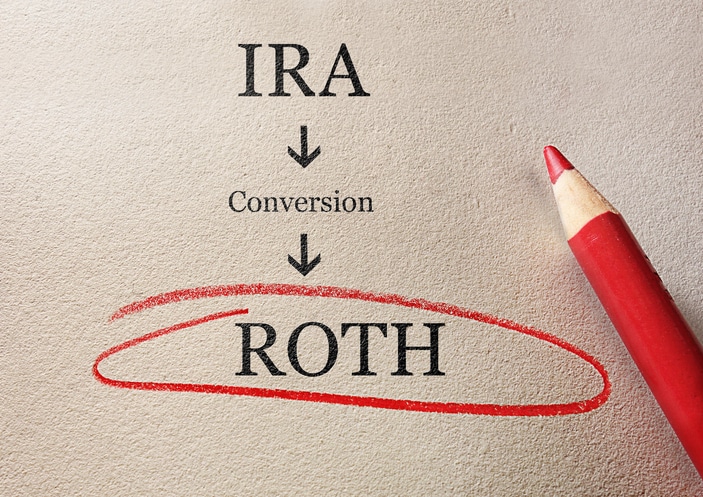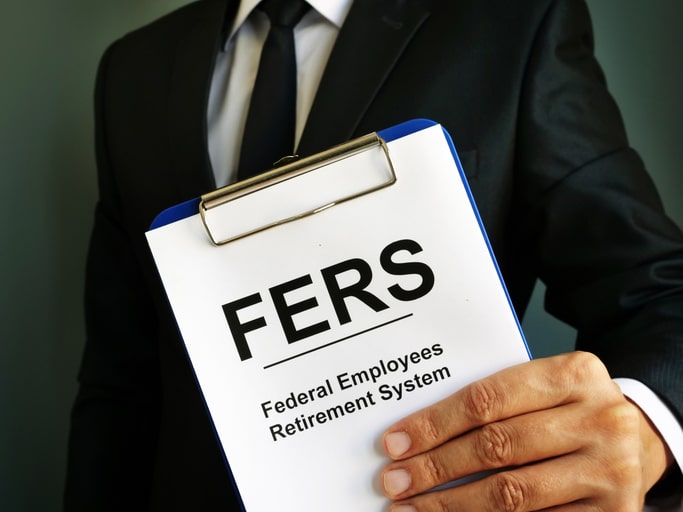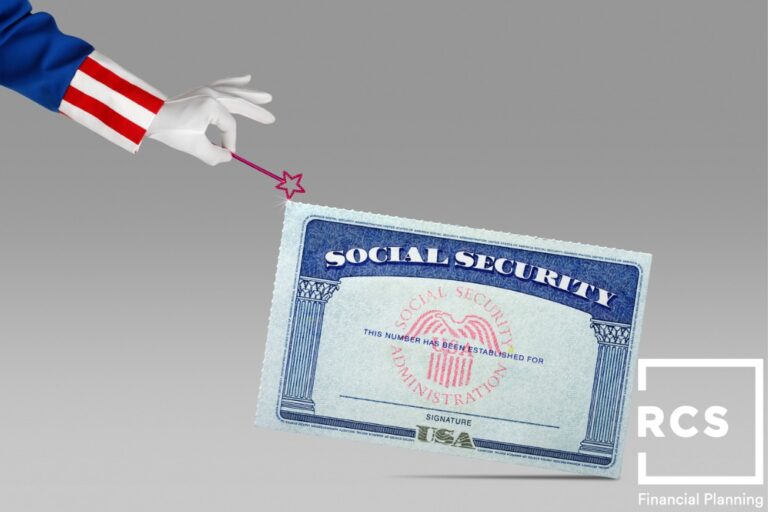FERS Retirement Explained: Your Complete Guide to Federal Employee Benefits
What is FERS? Understanding the Federal Employees Retirement System
If you’re a federal employee hired after December 31, 1983, you’re likely covered by the Federal Employees Retirement System (FERS)—a comprehensive retirement plan designed to provide financial security through three integrated components. Unlike the older Civil Service Retirement System (CSRS), FERS combines a modest pension with Social Security benefits and a tax-advantaged savings plan to create a balanced retirement income.
Understanding how these three pillars work together is essential for maximizing your retirement benefits and planning when to retire.
The Three Components of FERS
FERS is structured as a three-tiered system, each playing a distinct role in your retirement security:
1. Social Security Benefits
As a FERS employee, you pay full Social Security taxes (6.2% for OASDI plus 1.45% for Medicare). Your agency matches these contributions. Social Security is designed to replace a higher percentage of income for lower-wage workers than higher-wage workers, making it particularly valuable for employees at lower grade levels.
You become eligible for Social Security retirement benefits at age 62, though waiting until your full retirement age (66-67, depending on birth year) increases your monthly benefit.
2. FERS Basic Benefit Plan (Your Pension)
This is your federal pension annuity. Depending on your start date, your contribution will be either 0.8%, 3.1%, or 4.4% to FERS. Your agency also contributes on your behalf. To be vested (entitled to receive your pension), you need at least 5 years of creditable civilian service.
3. Thrift Savings Plan (TSP)
The TSP is the federal government’s version of a 401(k). Your agency automatically contributes 1% of your basic pay whether you contribute or not. If you contribute your own money, the agency matches up to an additional 4% of your salary—but only if you contribute at least 5% yourself to receive the full match.
The TSP offers multiple investment funds: the G Fund (government securities), F Fund (fixed income bonds), C Fund (common stock index), S Fund (mid and small company stocks), and the I Fund (international stocks). Further, the TSP offers the L Funds, which are target date asset allocation funds.
FERS Retirement Eligibility: When Can You Retire?
Your eligibility to retire with immediate benefits depends on your age and years of service. Here are the main retirement options:
Immediate Retirement (Full Benefits)
You qualify for an immediate, unreduced retirement if you meet one of these combinations:
- Age 62 with 5 years of service
- Age 60 with 20 years of service
- Minimum Retirement Age (MRA) with 30 years of service
- MRA with 10 years of service (benefits reduced unless postponed)
Your Minimum Retirement Age (MRA) ranges from 55 to 57, depending on your birth year. For example, if you were born in 1970 or later, your MRA is 57.
Early Retirement
Early retirement is available in certain involuntary separation situations or during major reorganizations. Requirements are:
- Age 50 with 20 years of service, or
- Any age with 25 years of service
Deferred Retirement
If you leave federal service before meeting immediate retirement eligibility but have at least 5 years of creditable service, you can receive a deferred retirement benefit starting at age 62 (or as early as your MRA with 30 years of service, though benefits may be reduced).
How to Calculate Your FERS Pension
Your FERS pension is based on your high-3 average salary—the average of your highest-paid 36 consecutive months of service.
Standard Formula
1% × high-3 average salary × years of creditable service
Enhanced Formula (Age 62 Bonus)
If you retire at age 62 or later with at least 20 years of service, you get an enhanced calculation:
1.1% × high-3 average salary × years of service
Example Calculation
Let’s say your high-3 average salary is $75,000 and you have 30 years of service. If you retire at age 62:
1.1% × $75,000 × 30 = $24,750 per year
If you retire before age 62 with the same credentials:
1.0% × $75,000 × 30 = $22,500 per year
The FERS Special Retirement Supplement: Bridging the Gap to Age 62
One of the most valuable—and often misunderstood—FERS benefits is the Special Retirement Supplement. This payment approximates the Social Security benefit you earned during your federal service and is payable from your retirement date until age 62.
Who Qualifies?
You’re eligible for the supplement if you retire:
- At your MRA with 30 years of service
- At age 60 with 20 years of service
- Under early retirement provisions (though payment doesn’t begin until your MRA)
Important Limitations
The supplement is subject to an earnings test. If you have income from wages or self-employment exceeding the Social Security annual exempt amount (indexed yearly), your supplement will be reduced or eliminated.
The supplement stops at age 62 when you become eligible for actual Social Security benefits.
The earnings test catches many federal employees by surprise. If you’re planning to do consulting work or take a part-time job before age 62, this can significantly impact your supplement.
Not sure if you’re missing anything in your retirement plan?
These 3 free checklists cover retirement planning, tax strategies, and important financial deadlines—so you can make informed decisions with confidence.
Cost-of-Living Adjustments (COLAs) Under FERS
FERS annuities receive annual COLAs, but with a “diet COLA” structure:
- If CPI increase is 2% or less: Full COLA
- If CPI increase is 2-3%: 2% COLA
- If CPI increase is 3% or more: CPI minus 1%
Most FERS retirees don’t receive COLAs until age 62, with exceptions for disability retirees and survivors.
Special Provisions for Law Enforcement, Firefighters, and Air Traffic Controllers
If you’re in one of these covered positions, you have enhanced retirement benefits:
- Retire with full benefits at age 50 with 20 years of service, or any age with 25 years
- Enhanced pension calculation: 1.7% for first 20 years, 1% thereafter
- Higher employee contribution (additional 0.5% of pay)
- Immediate COLA eligibility regardless of age
Maximizing Your TSP: The Key to FERS Success
While your FERS pension and Social Security provide a foundation, the Thrift Savings Plan is often the difference between a comfortable retirement and financial stress.
The 5% Rule
To receive the maximum agency match, contribute at least 5% of your salary:
- Agency automatic contribution: 1%
- Dollar-for-dollar match on your first 3%: 3%
- 50-cent match on your next 2%: 1%
- Total: 10% of your salary going into TSP when you contribute 5%
Vesting in TSP
You’re immediately vested in your own contributions and agency-matched contributions. However, you must complete 3 years of federal service (2 years for Congressional employees) to be vested in the automatic 1% agency contributions.
Real-World FERS Retirement Examples
Let’s look at how FERS works in practice with two scenarios:
Example 1: Career Employee Retiring at MRA
Profile: Age 57, 32 years of service, high-3 of $68,700, contributed 5% to TSP throughout career
Annual Benefits:
- FERS Basic Annuity: $20,200 (29% of final salary)
- Special Supplement (until 62): $8,800 (13%)
- TSP Annuity: $18,100 (18%)
- Total: $47,100 per year (69% of final salary)
At age 62, the special supplement converts to Social Security benefits of approximately $10,500 annually.
Example 2: Mid-Career Departure with Deferred Benefit
Profile: Left federal service at age 45 after 20 years, high-3 of $54,800, takes deferred retirement at age 57 (MRA) with 25% reduction
Annual Benefits:
- FERS Basic Annuity (reduced): $4,900 (9% of final federal salary)
- TSP Annuity: $11,500 (15%)
- Total: $16,400 per year (30% of final federal salary)
No special supplement is payable in deferred retirement. However, this individual continued working elsewhere and will have additional Social Security credits.
*It’s important to understand you do not need to annuitize your TSP. There are other options available for withdrawing from your TSP. You may also roll your TSP into an IRA.
How Janet Retired Five Years Earlier Than She Planned
Janet, a GS-13 program analyst at the Department of Education, assumed she’d work until 62. She had run the basic calculations and figured she needed her full pension plus Social Security to maintain her lifestyle.
When she came to us at age 56, she was burned out but felt financially trapped.
After analyzing her complete financial picture, we discovered something she hadn’t considered: her TSP balance of $480,000, combined with her FERS pension and the Special Retirement Supplement, would actually cover her expenses with room to spare. She could retire at her MRA of 57.
What made the difference? We used our Income Lab approach to model multiple withdrawal strategies and stress-test them against different market scenarios. By running her plan through our guardrails system—which monitors spending flexibility against portfolio performance—we showed Janet she could safely retire at 57 with clear triggers for when to adjust spending if needed.
Janet submitted her retirement papers three months later. She’s now traveling, volunteering at her local library, and spending weekdays with her first grandchild—five years earlier than she thought possible.
What made the difference? Janet knew the FERS rules cold. What she needed was someone to help her see how all the pieces fit together —specifically for her situation —and to stress-test her plan against healthcare costs, inflation, and market volatility.
DIY FERS Planning vs. Working With a Financial Advisor: An Honest Comparison
You might be wondering: “This is all public information. Why would I pay someone to help me with this?”
It’s a fair question, and one we hear often. Here’s an honest breakdown:
What You Can Absolutely Do Yourself
The Office of Personnel Management provides excellent resources:
- FERS calculation tools and retirement estimators
- Benefits handbooks and webinars
- FEHB and FEGLI information
- Basic TSP guidance
Many federal employees successfully plan their retirements without professional help. If your situation is straightforward—you’re planning to retire at 62, you have 30 years of service, you’re married to your first spouse, and you don’t have complex TSP rollover considerations—you likely have everything you need.
Where Professional Planning Often Adds Value
The complexity typically arises in coordination and optimization:
Tax Planning: How do you sequence withdrawals from your TSP (pre-tax), Roth TSP, traditional IRA, and Roth IRA to minimize lifetime taxes? When does it make sense to do Roth conversions? How does your pension income affect your Social Security taxation?
Social Security Optimization: Should you take Social Security at 62, wait until full retirement age, or delay until 70? How does the spousal benefit work? What if one spouse has a much higher benefit? How does the Special Supplement affect this decision?
Healthcare Bridge Planning: What’s your strategy for healthcare coverage if you retire before age 65? How do FEHB premiums in retirement compare to marketplace plans? What about Medicare Part B and D decisions?
Survivor Benefit Elections: Is the 10% pension reduction for the 50% survivor benefit the right choice for your family? Should you elect survivor benefits at all? What about FEGLI coverage in retirement?
Risk Management: How do you stress-test your plan against a sequence of returns risk, inflation, unexpected healthcare costs, or longer-than-expected longevity?
When Professional Help Makes Sense
Consider working with a financial advisor if:
- You’re considering retirement
- You’re divorced and navigating court orders or former spouse benefits
- You have military service credit or deposits to make
- You’re managing multiple retirement accounts beyond TSP
- You want to model different what-if scenarios
- You’d simply like a second opinion before making an irreversible decision
What Financial Planning Actually Costs
We operate as a fee-only fiduciary — no commissions, no products, and no hidden fees.
Our Planning Model
We provide comprehensive, ongoing financial planning and investment management. This means we don’t just create a plan and hand it back to you—we implement it, monitor it, adjust it as life changes, and manage your investments throughout retirement.
This model works best for federal employees who want a trusted partner to handle the technical details while they focus on enjoying retirement. If you prefer to implement financial strategies yourself and just need someone to create the roadmap, hourly or project-based planners may be a better fit.
Our Fee Structure
Our annual fee starts at 1% of assets under management and decreases as your portfolio grows. This covers your comprehensive financial plan, ongoing advice, investment management, tax coordination, and regular reviews. You’ll always know exactly what you’re paying—it’s deducted quarterly and clearly shown on your statements.
For federal employees with $500,000 or more in investable assets who want comprehensive, hands-on planning, this typically represents better value than paying hourly rates each time you need guidance.
Some federal employees find this worthwhile. Others prefer to handle it themselves. Neither choice is wrong—it depends on your situation, confidence level, and the complexity of your financial life.
Planning Your FERS Retirement: Key Considerations
1. Coordinate All Three Components
Don’t focus solely on your pension. Model how Social Security and TSP withdrawals will work together with your annuity to replace your pre-retirement income.
2. Understand the Earnings Test
If you plan to work after retirement before age 62, factor in how earnings will affect your special supplement.
3. Review Survivor Benefits
Your FERS annuity is automatically reduced by 10% to provide a 50% survivor annuity for your spouse unless you both waive this in writing. Consider whether this is the right choice for your situation.
4. Time Your Retirement Strategically
Retiring at the end of a month ensures you receive both your final paycheck and your first annuity payment without a gap. December 31, January 3, or the end of February are popular retirement dates.
5. Don’t Forget About FEHB and FEGLI
To carry your Federal Employees Health Benefits (FEHB) into retirement, you must be enrolled for the 5 years immediately before retirement (or since your first opportunity to enroll). Similar rules apply to Federal Employees Group Life Insurance (FEGLI).
Is Your FERS Retirement Plan Built on Assumptions or Analysis?
Most federal employees we meet have done their homework—they understand FERS basics, they’ve attended the retirement seminars, and they’ve run the OPM calculators.
Where they often need help is coordinating all the moving pieces: optimal Social Security claiming strategy, tax-efficient TSP withdrawals, healthcare bridge planning, and stress-testing against what-if scenarios. It’s the difference between knowing the rules and knowing how those rules apply specifically to you.
If you’d like a second set of eyes on your retirement timeline and strategy, we offer complimentary 30-minute consultations for federal employees. No pressure, no sales pitch—just an honest conversation about whether comprehensive planning makes sense for your situation.
You’ve spent decades building toward this moment. Taking time to get the strategy right—whether on your own or with professional guidance—can make the difference between wondering if you can afford to retire and knowing with confidence that you’re ready.
Questions About Your Retirement?
Whether you’re planning for retirement or already there, we’re here to help. What questions can we answer?
We respect your privacy. We will never sell or share your information with any third party. You can unsubscribe at any time with just one click.
This material is provided for educational, general information, and illustration purposes only. You should always consult a financial, tax, or legal professional familiar with your unique circumstances before making any financial decisions. Nothing contained in the material constitutes tax advice, a recommendation for the purchase or sale of any security, or investment advisory services. This content is published by an SEC-registered investment adviser (RIA) and is intended to comply with Rule 206(4)-1 under the Investment Advisers Act of 1940. No statement in this article should be construed as an offer to buy or sell any security or digital asset. Past performance is not indicative of future results.






